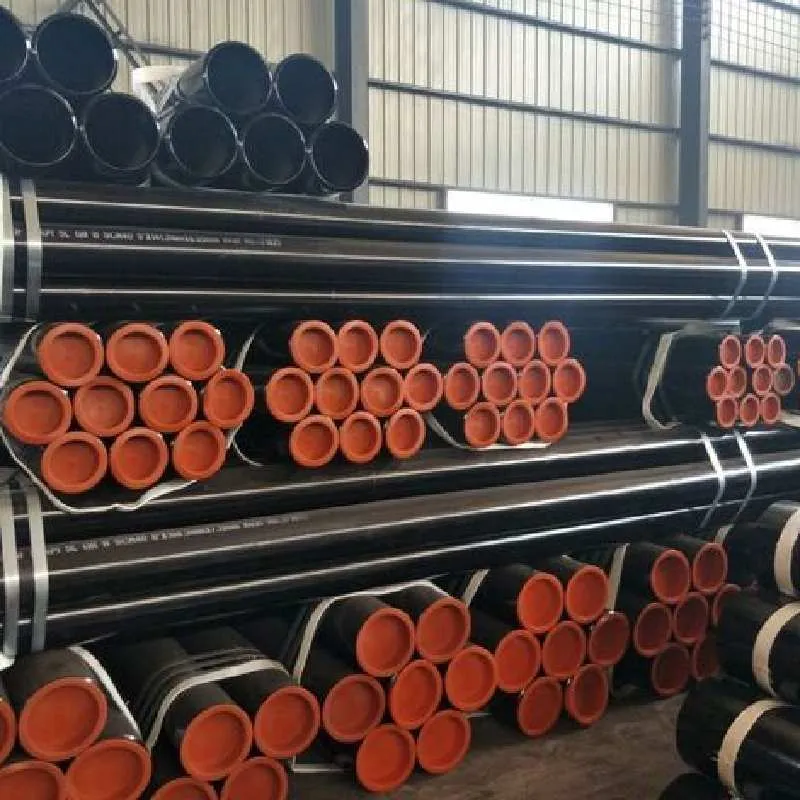-
Cangzhou Yulong Steel Co., Ltd.
-
Phone:
+86 13303177267 -
Email:
admin@ylsteelfittings.com
- English
- Arabic
- Italian
- Spanish
- Portuguese
- German
- kazakh
- Persian
- Greek
- French
- Russian
- Polish
- Thai
- Indonesian
- Vietnamese
- Zulu
- Korean
- Uzbek
- Hindi
- Serbian
- Malay
- Ukrainian
- Gujarati
- Haitian Creole
- hausa
- hawaiian
- Hebrew
- Miao
- Hungarian
- Icelandic
- igbo
- irish
- Japanese
- Javanese
- Kannada
- Khmer
- Rwandese
- Afrikaans
- Albanian
- Amharic
- Armenian
- Azerbaijani
- Basque
- Belarusian
- Bengali
- Bosnian
- Bulgarian
- Catalan
- Cebuano
- China
- China (Taiwan)
- Corsican
- Croatian
- Czech
- Danish
- Esperanto
- Estonian
- Finnish
- Frisian
- Galician
- Georgian
- Kurdish
- Kyrgyz
- Lao
- Latin
- Latvian
- Lithuanian
- Luxembourgish
- Macedonian
- Malgashi
- Malayalam
- Maltese
- Maori
- Marathi
- Mongolian
- Myanmar
- Nepali
- Norwegian
- Norwegian
- Occitan
- Pashto
- Dutch
- Punjabi
- Romanian
- Samoan
- Scottish Gaelic
- Sesotho
- Shona
- Sindhi
- Sinhala
- Slovak
- Slovenian
- Somali
- Sundanese
- Swahili
- Swedish
- Tagalog
- Tajik
- Tamil
- Tatar
- Telugu
- Turkish
- Turkmen
- Urdu
- Uighur
- Welsh
- Bantu
- Yiddish
- Yoruba

Nov . 16, 2024 07:57 Back to list
api5lx52 specification
Understanding the API 5L X52 Specification Key Features and Applications
The API 5L X52 specification is a crucial standard within the American Petroleum Institute's (API) guidelines, particularly pertinent to the oil and gas industry. It outlines the requirements for the manufacture of line pipe suitable for use in the transportation of gas, water, and oil in both the onshore and offshore environments. Focused on meeting diverse operational demands, API 5L X52 serves an essential role in enhancing pipeline safety, reliability, and efficiency.
Overview of API 5L
The API 5L specification encompasses a wide range of pipe grades. The 5L refers to the specification for line pipe, while “X52” signifies a specific grade with defined yield and tensile strength properties. The designation X52 indicates a minimum yield strength of 52,000 psi (approximately 360 MPa), which makes it suitable for high-pressure applications. The API 5L standard includes various grades (A, B, X) and specifications to accommodate different requirements of pressures, steel compositions, and applications.
Key Properties of X52 Grade
The chemical composition of API 5L X52 steel typically includes a series of alloying elements such as carbon, manganese, phosphorus, and sulfur, which contribute to its overall strength and durability. The minimum yield strength of 52,000 psi ensures that pipes can withstand significant pressure while maintaining structural integrity. Additionally, X52 pipes exhibit good welding characteristics, which is critical for the assembly and integration of pipelines.
Another significant property of X52 steel is its toughness; it can endure the extreme conditions often found in various landscapes and climates. This toughness makes it an ideal choice for offshore drilling platforms, buried pipelines, and transportation through rugged terrains.
Manufacturing Process
api5lx52 specification

Manufacturing API 5L X52 pipes involves processes such as hot-rolling, cold-drawing, and electric resistance welding (ERW) or submerged arc welding (SAW), depending on the required diameter and wall thickness. The pipes undergo rigorous testing, including non-destructive testing (NDT) methods to ensure they meet the required standards for quality and safety. The final product is often subjected to hydrostatic testing to confirm its ability to withstand internal pressures.
Applications of API 5L X52
API 5L X52 pipes are predominantly used in the oil and gas industry for transporting crude oil, natural gas, and other liquids over long distances. Due to its strength characteristics, it is also widely used in municipal water supply systems, waste management pipelines, and in various construction projects where durability and reliability are paramount.
In addition to its traditional applications, X52-grade pipes have found a place in the burgeoning renewable energy sector. For instance, they can be utilized in geothermal energy projects where high-pressure fluid transfer is required. Their resilience to various environmental factors makes them suitable for use in a range of climates—from cold, frost-prone regions to hot, arid areas.
Compliance and Certifications
Pipes manufactured under the API 5L X52 specification must comply with a series of quality assurance standards and certifications. These include ISO certifications that outline the quality management systems of manufacturers, ensuring that the pipes produced meet international safety and performance standards. Compliance with API 5L X52 is often a prerequisite for project specifications in the oil and gas sector, thereby ensuring that all parties in the supply chain can rely on the integrity and performance of the pipeline materials.
Conclusion
In conclusion, the API 5L X52 specification remains a cornerstone in the field of pipeline engineering and construction. Its combination of desirable mechanical properties, adaptability to various manufacturing processes, and extensive range of applications renders it a vital material for modern infrastructure. As the industry evolves and demands greater efficiency and safety, the role of standards like API 5L X52 will continue to be pivotal in shaping the future of energy transportation.
Latest news
-
ANSI 150P SS304 SO FLANGE
NewsFeb.14,2025
-
ASTM A333GR6 STEEL PIPE
NewsJan.20,2025
-
ANSI B16.5 WELDING NECK FLANGE
NewsJan.15,2026
-
ANSI B16.5 SLIP-ON FLANGE
NewsApr.19,2024
-
SABS 1123 FLANGE
NewsJan.15,2025
-
DIN86044 PLATE FLANGE
NewsApr.19,2024
-
DIN2527 BLIND FLANGE
NewsApr.12,2024
-
JIS B2311 Butt-Welding Fittings LR/SR 45°/90° /180°Seamless/Weld
NewsApr.23,2024











